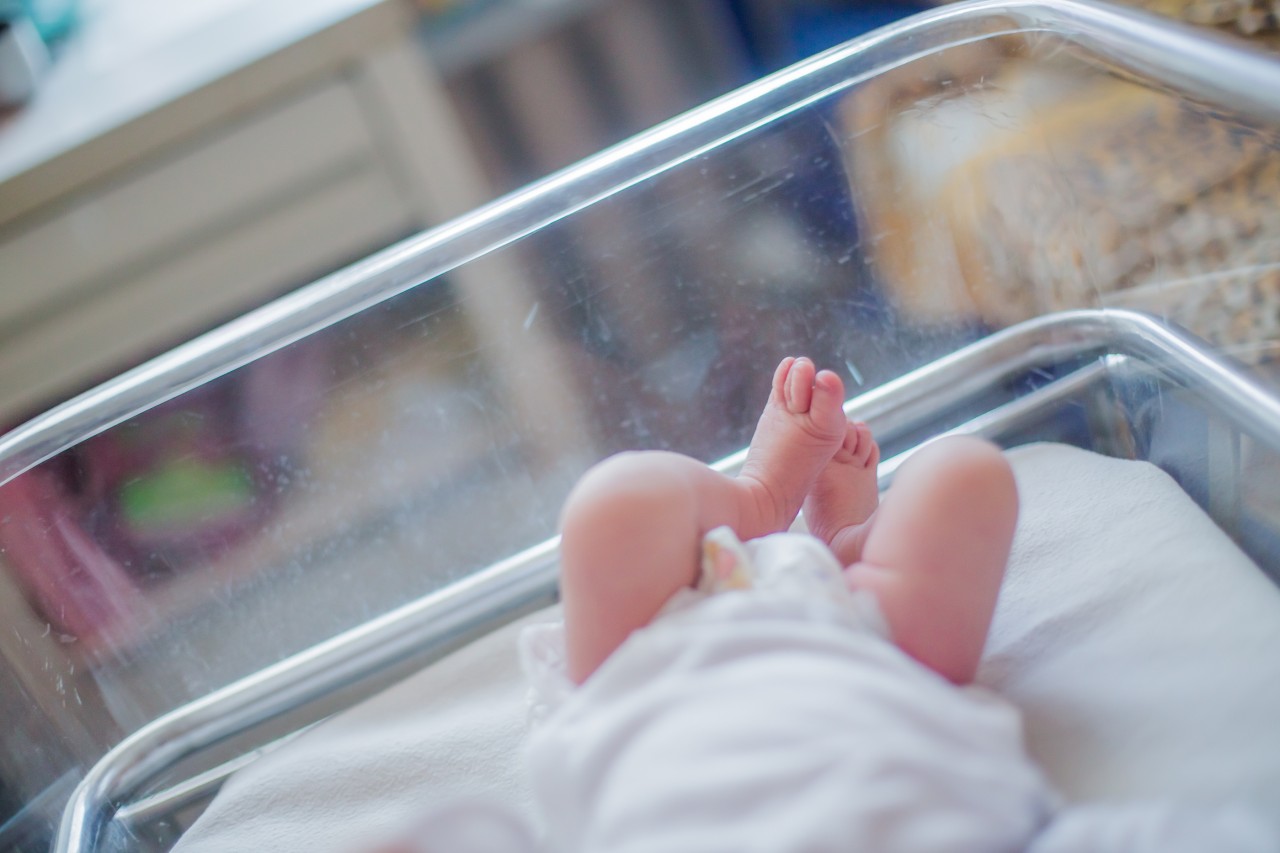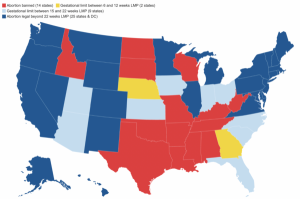WASHINGTON (BP) – Had Shelley Lynn Thornton’s mother had her way, Thornton would have never been born. Thornton is the biological daughter of Norma McCorvey, the Jane Roe behind the 1973 Supreme Court decision that legalized abortion in the U.S.
McCorvey regretted her advocacy of abortion, working to reverse Roe v. Wade before her 2017 death at the age of 69. While McCorvey didn’t live to see the U.S. Supreme Court’s June 24, 2022, decision in Dobbs v. Jackson Women’s Health Organization that reversed Roe, her daughter lamented the change.
“We have lived in times of uncertainty and insecurity before, but to have such a fundamental right taken away and this ruling be overturned concerns me of what lies ahead,” Thornton told ABC News days after the narrow U.S. Supreme Court decision reversing Roe.
The mother/daughter dichotomy of life vs. choice epitomizes the climate in which the Southern Baptist Convention, numerous state legislatures and mostly Republican congressional members continue to advocate for life after the hard-fought overturn of Roe.
One year after the Dobbs decision, Southern Baptist ethicist Brent Leatherwood is leading Southern Baptists in the continued advocacy for the life of the unborn, and care and mercy for women seeking to end their pregnancies.
“One year ago, we witnessed a true turning point for the Pro-Life movement. More lives were in danger, more mothers were at risk, and more families were targeted. But with the Dobbs decision, that changed,” Leatherwood told Baptist Press upon the anniversary of the Dobbs decision. “So many pro-life individuals, ministries and organizations have grown and expanded to serve women and families in need of support. A new and vibrant culture of life is being established in our nation after decades of death caused by Roe v. Wade. That is worth celebrating.
“However, important work remains as abortion providers and the drug manufacturing industry prey upon vulnerable mothers and families in abortion destinations,” said Leatherwood, president of Ethics & Religious Liberty Commission (ERLC) of the Southern Baptist Convention.
“We believe that every life, from the moment of conception to natural death, is sacred and worthy of our protection and our strongest advocacy,” he said. “Far too many lives remain vulnerable, and the Pro-Life movement must continue to rise and meet that challenge.”
Dobbs cleared the way for states to legislatively protect unborn life. As of June 20, abortion is banned in 14 states, most of them in the Bible belt, according to Kaiser Family Foundation (KFF) tracking. Abortion is variously available in the remaining states, KFF reports, with two states limiting the procedure between 6- and 12-weeks’ gestation, nine states limiting abortions between 15- and 22-weeks’ gestation, and 25 states and Washington, D.C., allowing abortions beyond 22 weeks after the mother’s last menstrual period.
At least four clinics in the U.S. perform abortion after five months of pregnancy.
Abortion is less prevalent than it was under Roe, KFF said. In 2020, the U.S. abortion rate ranged from 0.1 per 1,000 women in Missouri, to 48.9 per 1,000 women in Washington, D.C., KFF said, using data from the U.S. Centers for Disease Control and the Guttmacher Institute. Before Dobbs, abortion rates were already declining sharply in states that restricted the procedure.
In the six months following Dobbs, there were fewer than 10 abortions per month in the states that heavily restrict the procedure, KFF said, based on data from the Society of Family Planning’s #WeCount report. Included in the lowest numbers are Alabama, Arkansas, Idaho, Kentucky, Louisiana, Mississippi, Missouri, Oklahoma, South Dakota, Tennessee, Texas, West Virginia and Wisconsin.
While some states saw rises in abortion rates because of increased unavailability, KFF estimated that abortions performed in clinics in the U.S. fell from 82,450 in April 2022, two months before Dobbs, to 80,600 abortions in December 2022, six months after Dobbs.
According to the newest estimates, as many as 94,000 lives may have been saved because of Dobbs, ERLC Policy Manager Hannah Daniel wrote June 22 at ERLC.com, citing statistics from FiveThirtyEight.
“We celebrate that each of these precious ones made in God’s image have been granted life,” Daniel wrote, “and the ERLC will continue to advocate at both the state and federal level for each and every life to be protected and valued.”
Daniel calls on federal lawmakers to join states in protecting unborn life.
“Though we rejoice at the progress many states have made toward establishing a culture of life, the Dobbs decision did not rid federal legislators of their ability or responsibility to act on this issue,” Daniel wrote. “The federal government still has a role to play in ending abortion.”
The U.S. Supreme Court is still in play regarding the Food and Drug Administration’s approval of mifepristone pills for abortions, a medication previously used mainly to treat women suffering miscarriage. Mifespristone, used in combination with misoprostol in medical abortions through 10 weeks’ gestation, has accounted for more than half of abortions in the U.S. since 2020, Guttmacher reported.
Among multiple cases challenging mifespristone as an abortion drug, the Court’s latest ruling on the subject in April allows the drug’s continued use, but Alliance for Hippocratic Medicine v. FDA is expected to reach the court. Mifepristone is available through telehealth.
Telehealth abortions increased 137 percent from April 2022 through December of the same year, rising from 3,590 to 8,540, KFF said, referencing #WeCount.
ERLC encourages and resources churches to advocate for life and continues its Psalm 139 project to place ultrasound machines in pregnancy resource centers nationwide.
Elizabeth Graham, president and CEO of Stand for Life, also encourages churches to join the battle.
“In a post-Roe world, the church has a significant opportunity to be the most relevant, safe and welcoming place for these women and their preborn children in their time of need,” she said in a June 22 press statement. “As a life-affirming organization, Stand for Life is strategically working to connect, unify and mobilize the church. Only when we all see life holistically, made in the image of God with inherent value, will there be widespread change.”
Andrew Wood, executive director of Hope Resource Center in Knoxville, Tenn., and host of the weekly “A Conversation on Life” podcast, also encourages churches to join the Pro-Life movement by discipling those facing the issue.
“I think our greatest need today is discipleship. We need a smooth onramp for our patients to get connected to the local church,” Wood told Jill Waggoner, ERLC’s communications and public relations strategist, in an interview published June 21. “We need our patients to be discipled by godly women. We need our patients’ significant others to be discipled by godly men.
“It is my prayer that pregnancy centers across this country would have church partners lined up seeking to assist, certainly, in material needs, but more importantly in the discipleship of men, women and babies who are making their way to thousands of pregnancy centers every single day.”





